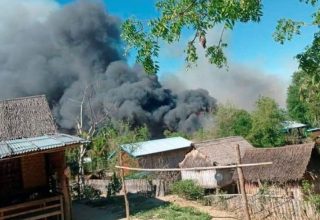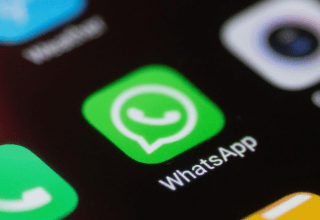
Ghana became the first country globally to receive a vaccine shipment from the COVAX facility – a global initiative that’s trying to ensure equitable access to COVID-19 vaccines – when 600,000 Oxford-AstraZeneca vaccine doses were delivered in February 2021. The country also received a total of about 360,000 doses from India and telecom giant MTN as donations. Ghana’s initial plan was to vaccinate 20 million residents, about two-thirds of the population, by the end of October 2021. But, like many other countries in the world, Ghana’s strategy has faced challenges. Godfred Boafo spoke to public health researcher Nana Kofi Quakyi to unpack some of these.
What’s been the progress of the country’s roll out plan?
Distribution was to start with a priority group. This includes frontline healthcare workers and security personnel, people aged over 60, those with known comorbidities, and some government officials.
This was one of four population “segments” that would be vaccinated in priority order. Pregnant women and children under 16 years would be excluded due to limited data from vaccine trials.
Emergency use authorisation was granted for the Oxford-AstraZen.
Source: Graphic.com.gh




















